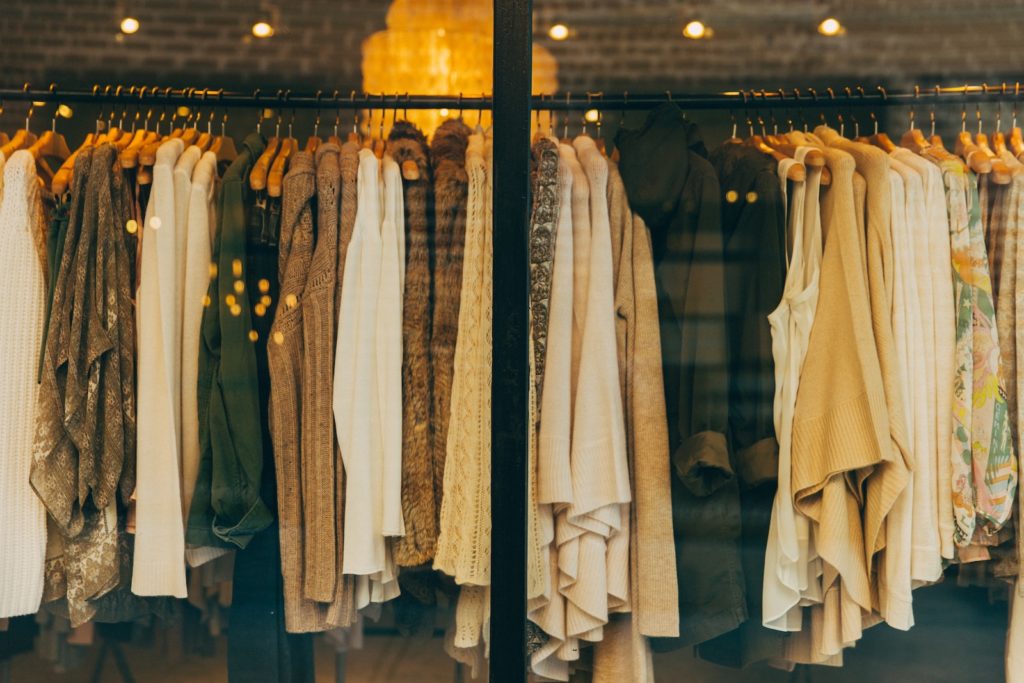Sustainable Fashion: A Green Revolution in Business
The fashion industry, often associated with glamour and trend-setting, is undergoing a profound shift towards sustainability. In an era characterized by heightened environmental and ethical concerns, consumers are demanding more than just stylish clothing; they want eco-friendly and ethically produced garments. This article delves into the burgeoning world of sustainable fashion, examining how businesses are adapting to meet consumer demands for clothing that aligns with eco-conscious values.

The Rise of Sustainable Fashion
Once relegated to a niche market, sustainable fashion has now evolved into a global movement. This transformation is propelled by consumers’ growing awareness of the fashion industry’s detrimental impact on the environment, including pollution, resource depletion, and unethical labor practices. This section explores the reasons behind the surge in demand for eco-friendly clothing trends.
Eco-friendly Materials and Innovation
A core component of sustainable fashion is the use of eco-friendly materials. Businesses are increasingly turning to innovative solutions to craft clothing that is both stylish and environmentally responsible. Examples include the use of organic cotton to reduce chemical pesticide use, repurposing recycled fabrics to reduce waste, and implementing plant-based dyes to minimize water pollution. The utilization of such materials not only lessens the carbon footprint of fashion production but also serves as a testament to the industry’s commitment to change.
Ethical Production Practices
While sustainable materials are pivotal, sustainable fashion goes beyond this; it emphasizes ethical production practices. Transparency is key as companies strive to reveal their supply chains, ensuring fair wages and safe working conditions for garment workers. Ethical fashion isn’t just about the final product; it’s about the journey, from sourcing raw materials to the clothing’s placement on retail shelves. This section details how ethical production practices are transforming the industry.
Circular Fashion Economy
The concept of a circular fashion economy is revolutionizing the industry’s approach. It seeks to replace the traditional linear model of “take, make, dispose” with one that promotes recycling, upcycling, and clothing longevity. Businesses are encouraging consumers to repair, refurbish, and recycle clothing, thereby reducing textile waste and its associated environmental impact. This section explores the concept of circular fashion in depth.
Technology and Sustainable Fashion
Cutting-edge technology plays a pivotal role in advancing sustainable fashion. From 3D printing of clothing items that reduce material waste to AI-driven supply chain optimization that minimizes inefficiencies, businesses are harnessing innovation to improve sustainability practices. Additionally, digital platforms provide consumers with the information they need to make informed choices about sustainable brands. This section showcases various technological innovations that are reshaping the industry.
Consumer Education and Advocacy

Today’s consumers are not just passive buyers; they are becoming advocates for sustainable fashion. Through social media campaigns, awareness initiatives, and consumer activism, they are driving change in the industry. Businesses that align with these consumer values are not only meeting demand but also benefiting from a loyal customer base that values ethical and sustainable choices. This section explores the role of consumers in shaping the sustainable fashion landscape.
Challenges in Sustainable Fashion
Despite the positive momentum, sustainable fashion faces several challenges:
- Sustainable materials and ethical production practices can be more costly, affecting pricing and accessibility for consumers. This section discusses the economic challenges of sustainable fashion.
- Unfortunately, not all businesses claiming to be sustainable truly uphold these values. Some engage in “greenwashing,” which involves making false sustainability claims. This section addresses the issue of greenwashing and its impact on consumer skepticism.
- Scaling sustainable practices to meet mass-market demands presents logistical challenges. This section explores the hurdles businesses face when trying to scale up their sustainable efforts.
Conclusion: A Greener Future for Fashion
In conclusion, the fashion industry is experiencing a profound transformation towards sustainability and ethical practices. Businesses that embrace eco-friendly materials, ethical production, and consumer education are at the forefront of this green revolution. Despite the challenges, the momentum towards sustainable fashion is unstoppable. It is reshaping the way we view clothing, style, and the future of our planet, ushering in a greener, more responsible future for the fashion industry.